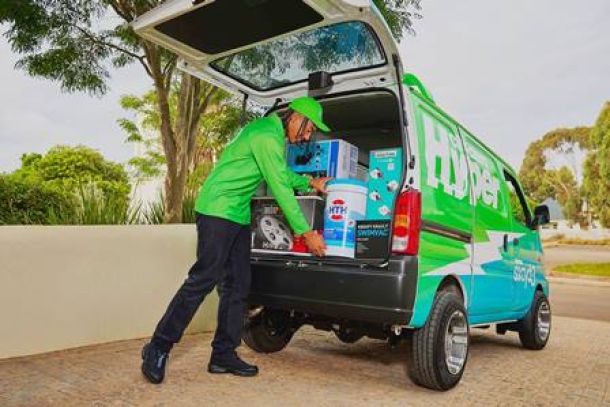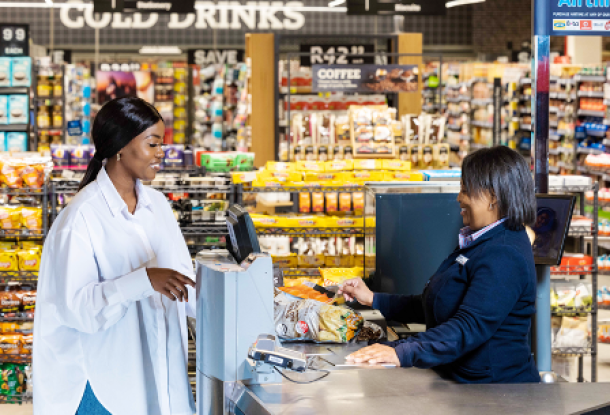SA’s worst drought ever recorded may be largely broken, but there is no room for complacency in a country where water scarcity remains a very real threat to economic sustainability.
Hammering this home, Strategic Water Partners Network (SWPN) project manager Nick Tandi warns that without concerted action to reduce consumption, SA’s total water resources will fall 17% short of supply in just over a decade.
Some major economic regions are already perilously close to slipping into a supply deficit, including the Johannesburg metropolitan area, which relies on the upper Vaal River for its water.
"Already 98% of available water is being used and at the current rate of demand growth there will be a 31% supply deficit by 2030," says Tandi.
Water supply shortfalls are a threat that brought companies and the department of water affairs together in 2011 to form the SWPN. The network now has 20 core corporate members, including Coca-Cola SA, Woolworths, Nestlé, SA Breweries (SAB) and Sasol, says Tandi.
Woolworths is among those achieving results. "We have cut water consumption by over 50% since 2010," says Justin Smith, the retailer’s head of sustainability.
The company’s water savings start at its head office, where an underground water source replaces 14.5ml of municipal water annually. At its distribution centres, savings are achieved by rain harvesting and using recycled water in toilets, and for air conditioning units and cleaning.
"We are striving to save water across our entire supply chain," says Smith.
This includes farmers. The company launched a Farming for the Future initiative 10 years ago to increase the efficiency of irrigation and soil management.
Another priority is elimination of alien vegetation, which draws more than 7% of SA’s water resources.
Alien vegetation elimination is one of the steps SAB is taking to save water. So far it has allowed the company to save the equivalent of the water used by two of its breweries.
Coca-Cola SA has turned to technology. "In 2010 we set a target of reducing our water consumption by 20% by 2020. We had already reached that target in 2016," says corporate communication and reputation head Wendy Thole-Muir.
Two of the technologies the company applies make use of scientific reactions to clean and disinfect equipment, while a third enables waste water to be recycled more efficiently.
The result has been a reduction in the amount of water used to produce 1l of soft drink, from 2.13l in 2010 to 1.7l last year.
Coca-Cola SA won’t stop there. "Every year we set increasingly demanding water-savings goals," says Thole-Muir. "It is an ongoing project."
Not all companies consume the volume of water that Coca-Cola SA does, but they are still making a meaningful contribution to water saving.
One such company is Sun International. Among the initiatives implemented by the hospitality group are low water-usage taps, dual flush toilets, pressure reducers and low-flow shower heads. The company also educates guests on the need to use water sparingly.
Recycling is a key target. "In 2016 we recycled 945ml or enough water to fill 6m baths," says Mandy Clifton-Smith, the group’s environmental manager.
Water saving initiatives by corporates, state-owed entities and municipalities will go a long way to reduce SA’s water supply deficit to below 17% by 2030, says Tandi. They will, he adds, also provide far better insight into allocation of financial resources.






